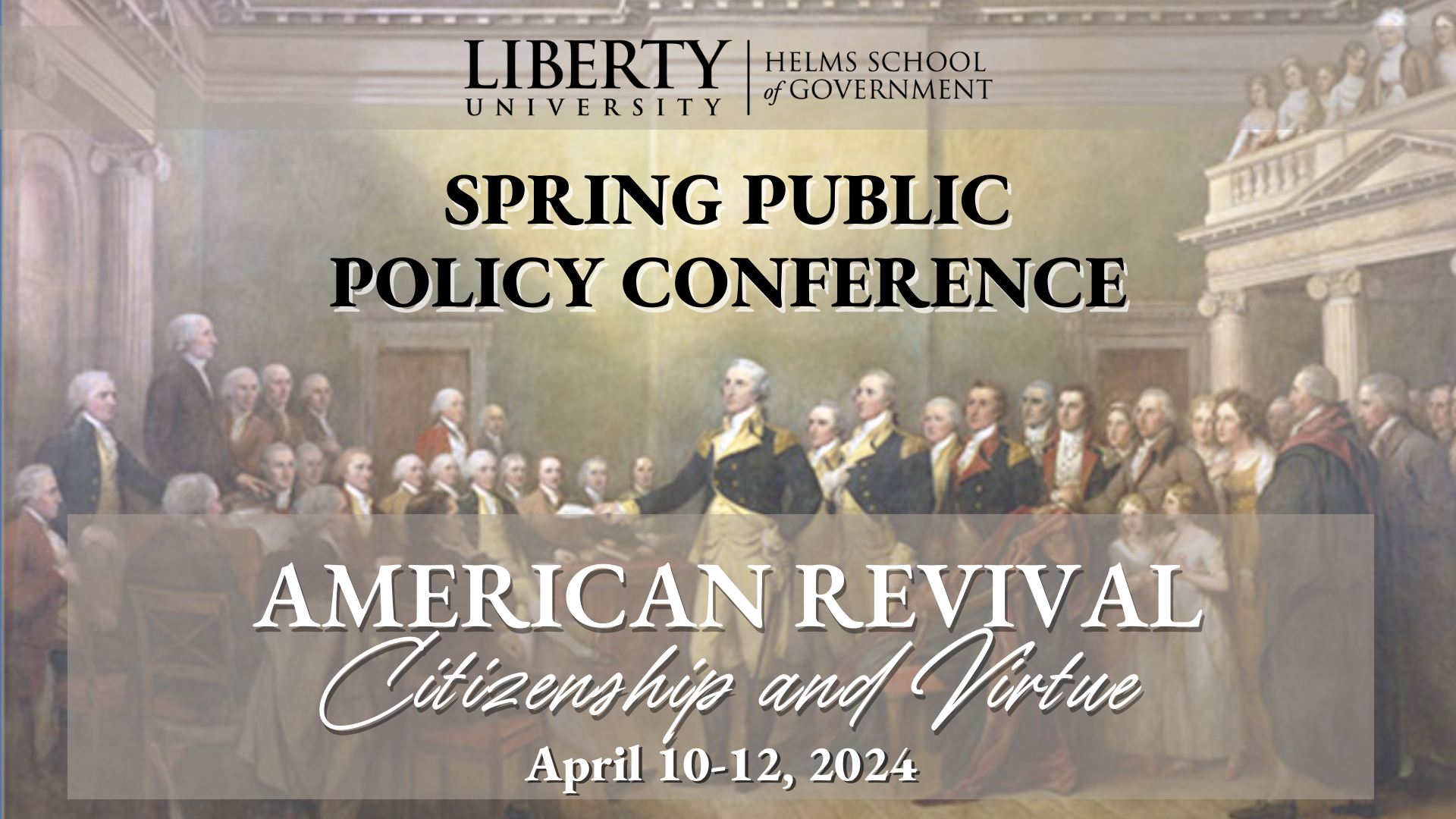Location
Community & Grassroots Action
Level of Education
Graduate
Keywords
Volunteer recruitment, social capital, marketing volunteerism, volunteer fire departments, marketing disconnect
Presenter Names and Speeches.
David T. Button
Abstract
The accelerating inability of volunteer fire departments to attract new recruits presents the public sector with both above and below-the-line costs. Finding replacements for members aging out is the single greatest challenge that volunteer departments face. If this problem persists, the cost of replacing volunteers with paid staff would have a significant and negative impact on the tax base. Pay and benefits for professional staff (as well as capital costs associated with this conversion) would cause property taxes to escalate significantly in communities where volunteers have historically managed emergencies. Much research has been conducted in an attempt to determine how to retain the current corps of volunteers, but an increasing reliance on veteran firefighters does nothing to replenish the storehouse of social capital that can only be accomplished by prompting the next generation of volunteers to step up. Social capital takes place when a robust network of reciprocal social relations is infused with civic virtue. It is, proverbially speaking, the glue that holds communities together. Many leaders in volunteer companies attribute the problem to generational decline. However, research suggests that prospects respond positively to value propositions that meet their expectations. By conducting interviews with department recruiters in a large NYS county, this study assesses the degree of disconnect that exists between fire department marketing strategies and the value proposition likely to attract recruits. This study also identifies marketing methods likely to boost volunteer participation and minimize the existential threat to the way that most communities have managed emergencies for hundreds of years.
Included in
Emergency and Disaster Management Commons, Fire Science and Firefighting Commons, Other Public Affairs, Public Policy and Public Administration Commons, Public Administration Commons
Can Volunteer Fire Companies Improve Recruiting?
Community & Grassroots Action
The accelerating inability of volunteer fire departments to attract new recruits presents the public sector with both above and below-the-line costs. Finding replacements for members aging out is the single greatest challenge that volunteer departments face. If this problem persists, the cost of replacing volunteers with paid staff would have a significant and negative impact on the tax base. Pay and benefits for professional staff (as well as capital costs associated with this conversion) would cause property taxes to escalate significantly in communities where volunteers have historically managed emergencies. Much research has been conducted in an attempt to determine how to retain the current corps of volunteers, but an increasing reliance on veteran firefighters does nothing to replenish the storehouse of social capital that can only be accomplished by prompting the next generation of volunteers to step up. Social capital takes place when a robust network of reciprocal social relations is infused with civic virtue. It is, proverbially speaking, the glue that holds communities together. Many leaders in volunteer companies attribute the problem to generational decline. However, research suggests that prospects respond positively to value propositions that meet their expectations. By conducting interviews with department recruiters in a large NYS county, this study assesses the degree of disconnect that exists between fire department marketing strategies and the value proposition likely to attract recruits. This study also identifies marketing methods likely to boost volunteer participation and minimize the existential threat to the way that most communities have managed emergencies for hundreds of years.



